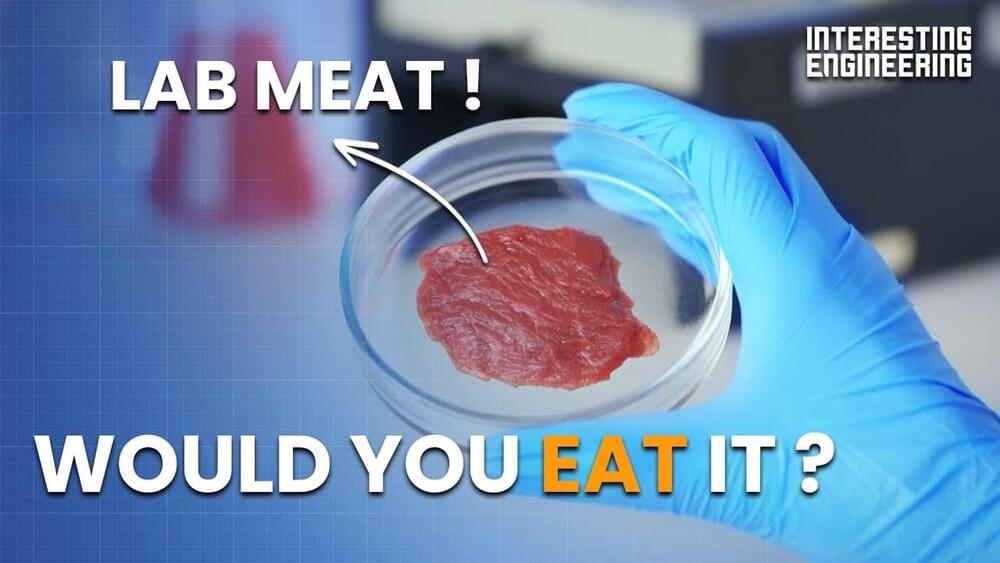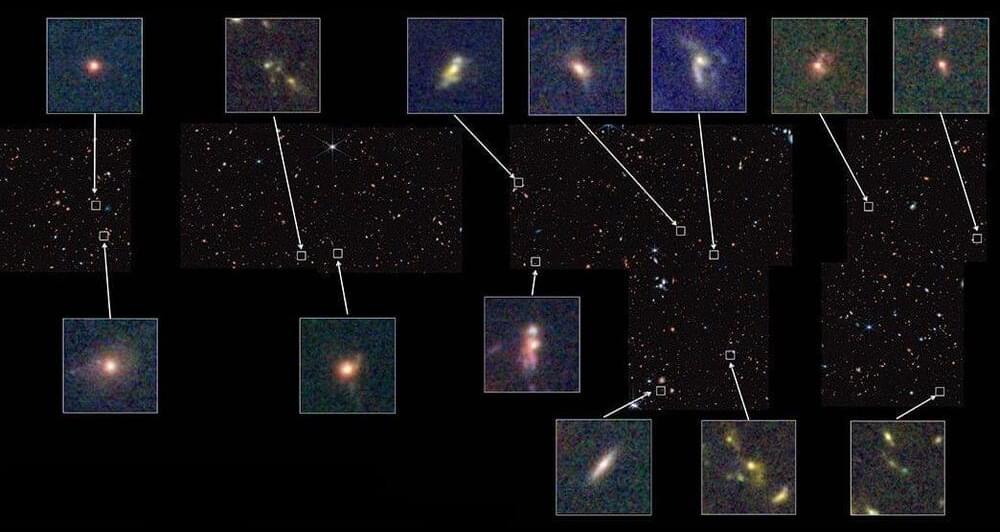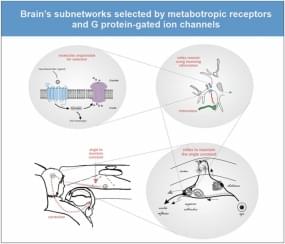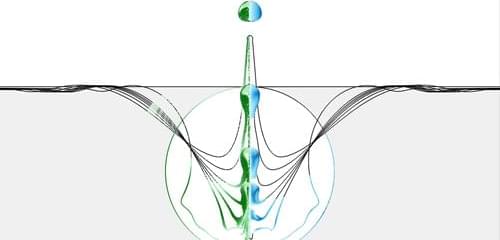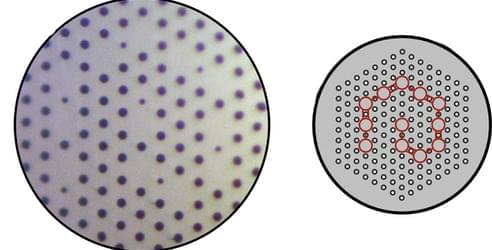
Claudiu Stan of Rutgers University—Newark, New Jersey, and his colleagues were watching moving drops of supercooled water spontaneously freeze when they noticed something unexpected: drops kept suddenly disappearing. Initially they thought that the lost drops had shattered as they froze. But, on closer inspection, they found that the icy drops were still there, they had just moved out of view. The team has now developed a quantitative model for this behavior, attributing it to a rocket-like propulsion mechanism induced by the freezing process [1]. Stan says that the finding could inspire scientists to design self-propelled systems powered by such phase transitions.
The team’s results add to a growing body of work on self-propelled drops. The mechanisms behind such motion vary wildly, but Stan notes that they all involve symmetry breaking. For the freezing drops, this symmetry breaking arises when the ice nucleation starts off-center. When ice nucleates, the change in structure releases latent heat, causing the local evaporation rate to suddenly increase, and if the nucleation is off-center, this enhanced evaporation occurs unevenly over the drop’s surface. Like a rocket ejecting a propellant heated by a chemical reaction, this asymmetrical evaporation increases the drop’s momentum, with the team’s model predicting peak velocities of nearly 1 m/s.
Stan says that this propulsion mechanism has a unique feature that could make it attractive for applications: unlike most self-propelled particles, it requires no surfaces and no surrounding fluid (the experiments were done under vacuum). But, for him, the findings have another bonus: “I am a fan of space exploration, so it was exciting to realize that [we could] draw an analogy between these tiny droplets and rockets,” he says.
